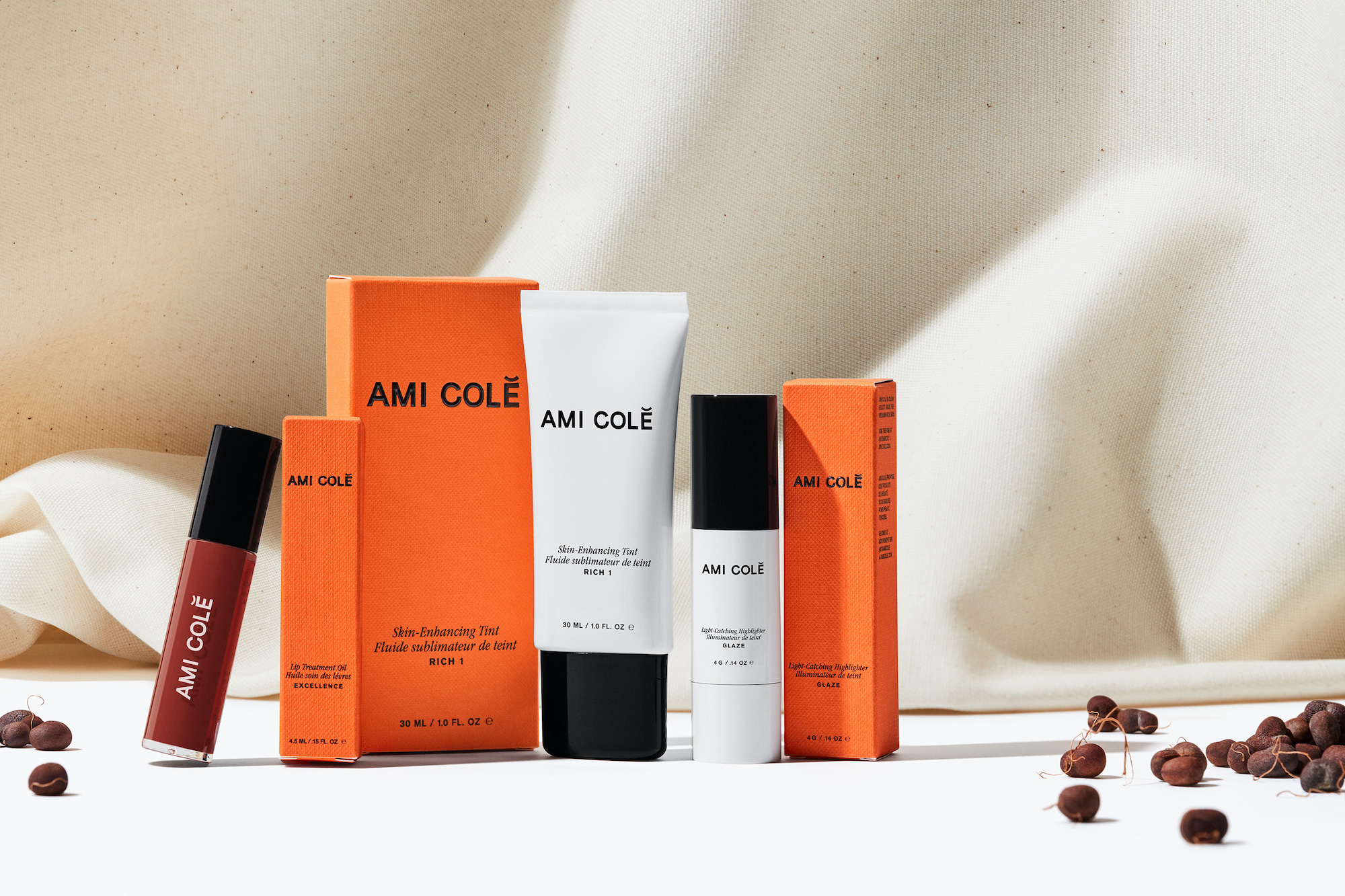Key Takeaways
- Entering the makeup industry requires significant capital, with a minimum investment of $3-$5 million to scale in major retail.
- Success depends on a strong brand team; those led by influential figures have the best chance, while others face greater challenges.
- Retail space is hard to secure and maintain, often determining a brand’s ultimate success or failure in the beauty market.
The Challenges of the Makeup Industry
The beauty industry, particularly makeup, is notoriously difficult to navigate due to its trend-driven nature and high consumer expectations. Unlike skincare and haircare, building loyalty in makeup is challenging as consumers often switch brands based on the latest product or influencer endorsement. Launching a makeup brand requires considerable financial backing, with a conservative cost estimate ranging between $3 million and $5 million to successfully scale into major retail outlets like Sephora and Ulta. This investment covers everything from research and development to marketing and operational support.
Understanding Brand Success
The distinction between successful brands often lies in their leadership and strategy. Brands that have influential founders (A-team brands) tend to thrive due to their established consumer trust and greater access to capital and resources. Conversely, B-team brands, led by emerging creators, can succeed with disciplined management and a clear focus on innovation. C-team brands struggle with overcomplication and a lack of direction, while D-team brands often collapse under internal strife and poor strategic choices, leading to high capital burn and inventory issues.
Retail expansion represents a pivotal yet perilous phase for beauty brands. Although getting shelf space can feel like winning a lottery, the reality is the competitive environment in stores can leave new brands struggling for consumer attention and favor. Often, smaller or newer brands do not receive the same support as established names, resulting in a challenging path to growth.
The Importance of Inclusivity and Market Dynamics
Inclusivity in marketing is essential, especially for historically underserved consumer segments. Brands like Fenty and Briogeo have shown that there is demand for products catering to Black and brown women. However, these niche markets often face heightened challenges in gaining traction with investors and retailers who prioritize mass-market appeal. Many founders overlook the complexities of marketing and scaling a brand that targets a specific audience, which can lead to unrealistic expectations and funding shortages.
Advice for Aspiring Founders
For those looking to enter the beauty industry today, several key strategies should be embraced:
– Start lean, focusing on a tight product assortment and efficient team collaboration.
– Understand the target audience and develop a focused marketing strategy that builds genuine connections rather than trying to appeal to everyone.
– Maintain a keen awareness of pricing strategies and cash flow to ensure sustainability.
– Prioritize data-driven decisions and stay closely connected with customer feedback to adjust offerings quickly.
Ultimately, while the journey to build a successful beauty brand is fraught with challenges, it is achievable with the right approach and mindset. Learning from the experiences of others, strategically navigating the market landscape, and remaining adaptable are critical components for success in this competitive industry.
The content above is a summary. For more details, see the source article.















